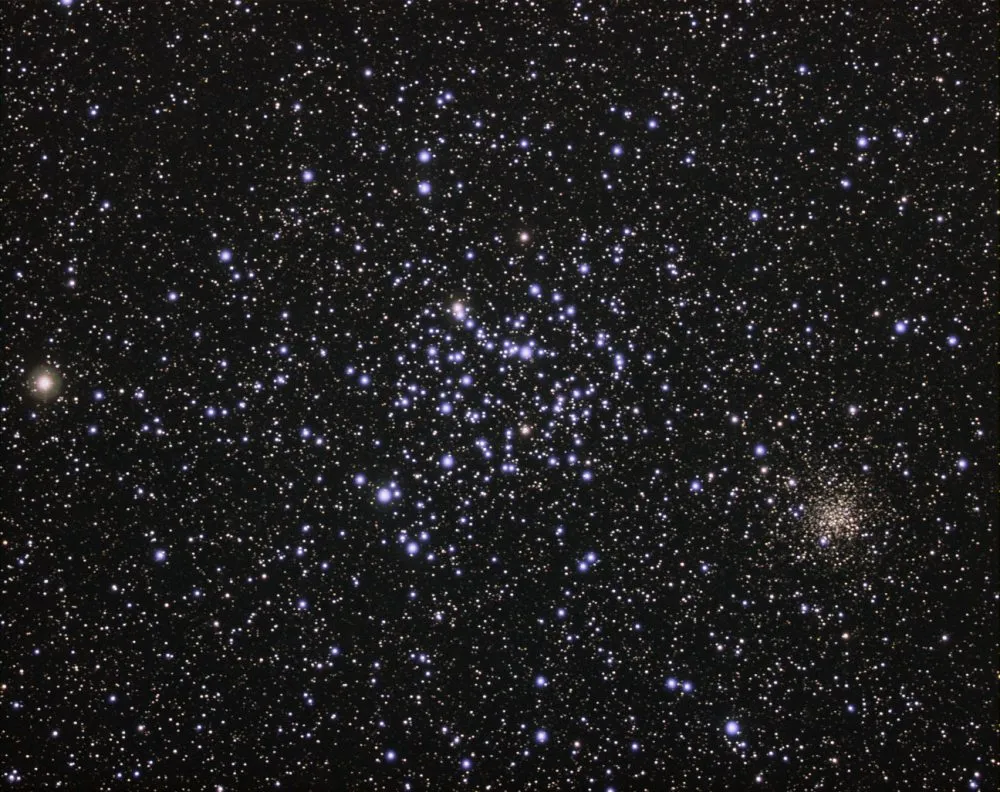There will be a great opportunity to see Mars joined by the crescent Moon and the open star cluster M35 in the night sky as March draws to a close.
As Mars recedes from Earth, its telescopic appearance wanes. At the start of March, the Red Planet shone at mag. +0.4, presenting an apparent disc measuring 8 arcseconds across.
However, by the end of March Mars will dim to mag. +1.0 and shrink to just 6 arcseconds across.
For more stargazing tips, sign up to receive the BBC Sky at Night Magazine e-newsletter and listen to our weekly Star Diary podcast.

Although this makes it harder to observe and image, through binoculars or a widefield telescope there are still things to look out for.
At the start of March, Mars was in Taurus, between the Bull’s horns, moving prograde, or east, against the background stars.
Its travels take it from Taurus and into Gemini towards the end of March, ahead of an encounter with the beautiful binocular open cluster, M35, around 2,970 lightyears away.
From the UK, Mars maintains a decent altitude under dark skies all month, ideal conditions for viewing the encounter.
The action starts on 27 March, when mag. +0.9 Mars is joined by a 37%-lit waxing crescent Moon to the south of the star Elnath (Beta (β) Tauri) at 21:40 BST (20:40 UT).
At this time, Mars will be 8.2° east of the Moon and 1.7° northwest of M35.
Just before they all set, the Moon–Mars distance will have decreased to 6.1°, Mars also getting a tiny bit closer to the cluster, the distance now being 1.6°.

On the evening of 28 March at 21:40 BST (20:40 UT), the Moon’s phase will be 47%-illuminated or virtually first quarter, its disc now located 3.8° northeast of Mars.
The planet will also be nearer the star cluster, the centre-to-centre separation of the two being 1.4°.
On the evening of 29 March, the now waxing gibbous Moon leaves the scene, being closer to the twin stars Castor and Pollux.
Mars will appear 1.2° north of M35, a separation repeated on the night of 30 March.
On 31 March, the planet slowly separates from the cluster, now appearing 1.4° from M35’s centre.
